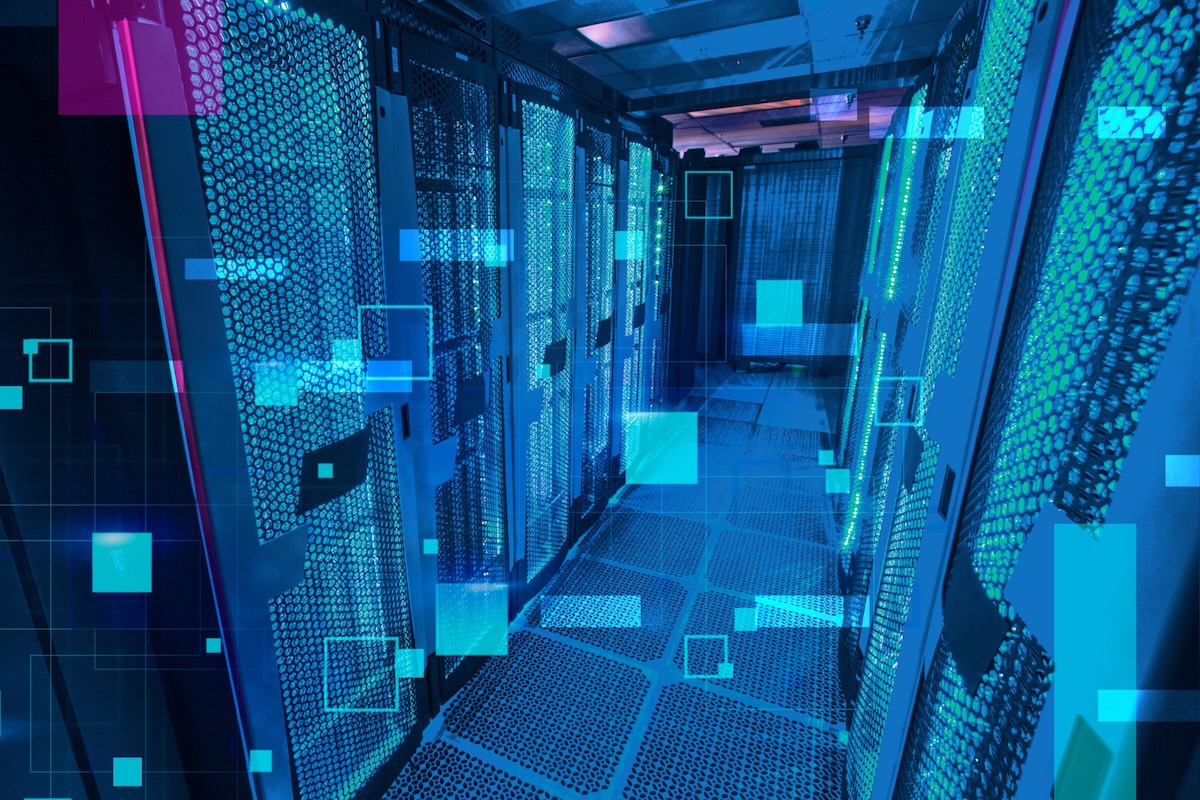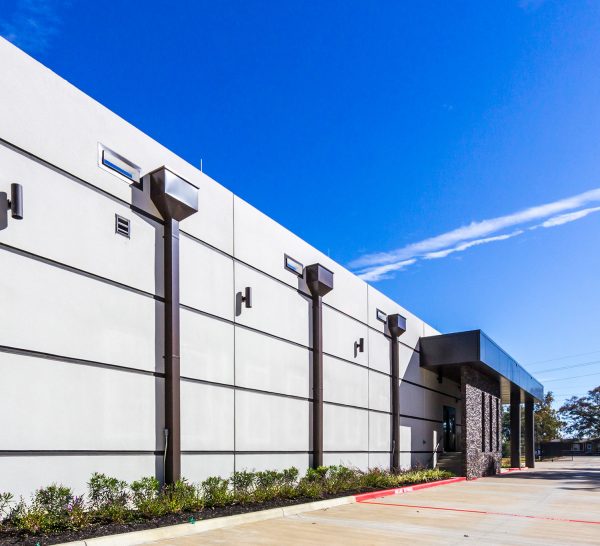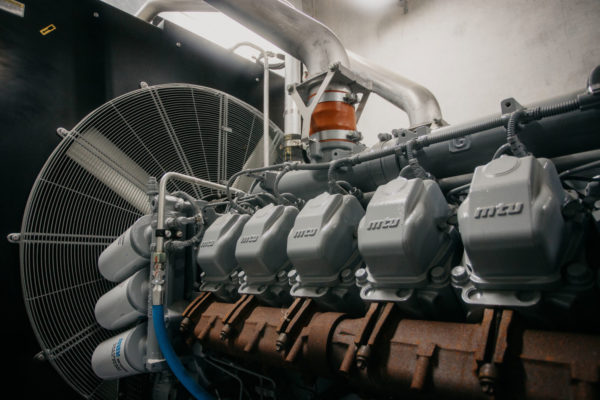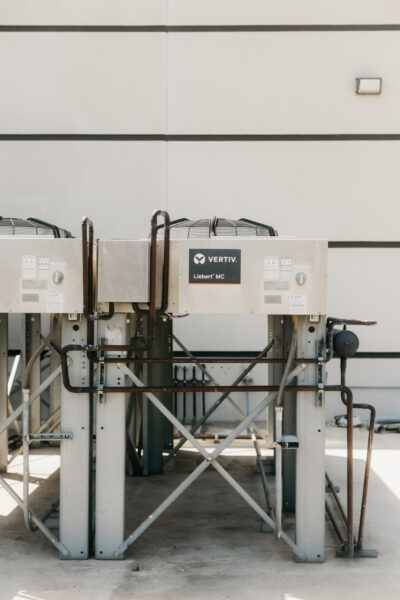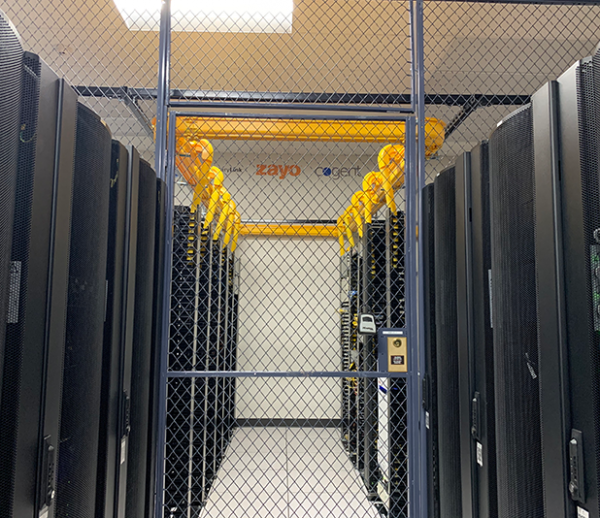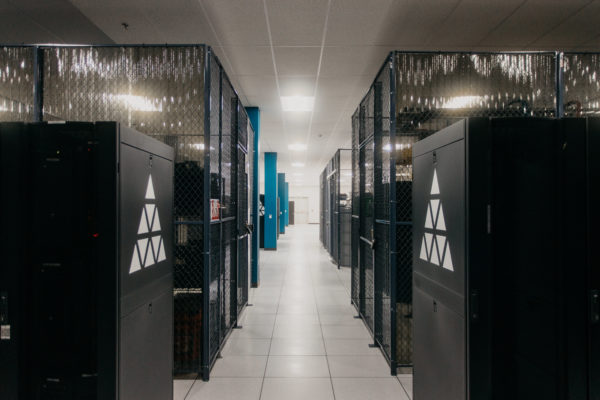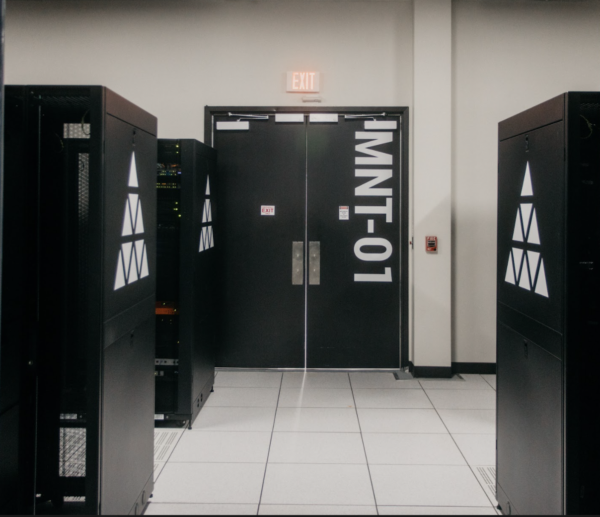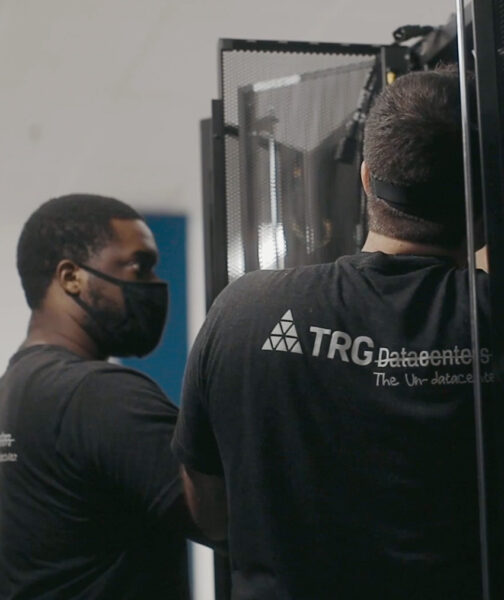If you’ve been following tech trends lately, you’ve probably noticed that Artificial Intelligence (AI) is everywhere. From predictive text on your phone to personalized shopping recommendations, AI-powered solutions are woven into our daily routines.
But behind all these cool applications are powerful data centers working overtime to deliver speedy results. And as AI keeps pushing the limits of what’s possible, these data centers are getting a major makeover.
So, how exactly are AI data centers changing infrastructure as we know it? In this post, we’ll explore why AI-centric facilities differ from traditional setups, how they manage massive computing loads, and consider what this all means for the future of data centers.
Whether you’re a data center enthusiast, a tech professional, or just curious about the inner workings of AI, you’ll find plenty of insights here.
What is An AI Data Centre?
An AI data centre is a facility specifically designed to handle the high-intensity computing tasks required by artificial intelligence (AI) workloads.
Traditional data centres usually focus on applications like websites, databases, and email servers and rely heavily on CPU-based architectures.
In contrast, AI data centres incorporate an array of high-performance hardware, especially GPUs and other AI accelerators, to accommodate the immense processing power needed for machine learning (ML) and deep learning tasks.
AI data centres also differ in how they manage data. Because AI relies on massive datasets to train, validate, and infer predictions, these facilities are optimized for high-volume data transfer and storage.
Additionally, the design pays special attention to cooling and power requirements, which can be significantly higher for AI servers compared to standard computing environments.
How Does an AI Data Centre Work?
At their core, AI data centres use parallel processing to tackle huge workloads efficiently.
Rather than using a single CPU to handle tasks sequentially, AI workloads benefit from distributing calculations across hundreds or thousands of specialized processing units (e.g., GPUs, TPUs, or ASICs).
This approach is critical for tasks like image recognition, language translation, or predictive analytics, which involve countless matrix multiplications and data transformations.
These AI clusters often rely on:
- High-bandwidth networking to quickly move data between nodes.
- Specialized storage solutions (like NVMe flash drives or parallel file systems) serve data at the speed AI algorithms demand.
- Sophisticated software frameworks (e.g., TensorFlow, PyTorch, or custom HPC orchestration tools) to make the most of the underlying hardware.
By combining powerful computing resources, rapid data delivery, and optimized software, AI data centres can train or run inferences on complex machine learning models in a fraction of the time a traditional data centre would require.
Why Do We Need AI Data Centres?
AI is no longer just a flashy buzzword, it’s woven into how businesses operate and innovate. Here are a few reasons these specialized facilities have become essential:
Growing Data Volumes
Organizations generate and collect vast amounts of data from apps, sensors, social media, etc. AI data centres help harness that data to find patterns, make predictions, and drive informed decisions.
Demand for Real-Time Insights
Many AI applications, from self-driving cars to fraud detection systems, must provide results almost instantly.
Achieving ultra-low latency requires specialized infrastructure with high-speed connections and powerful compute nodes.
Advanced Model Complexity
Deep learning models continue to grow in size and sophistication. Training them on outdated or conventional hardware can take unreasonably long, so AI data centres with
GPUs and specialized chips significantly reduce training times.
Competitive Edge
The ability to rapidly analyze data can set a company apart from its competitors in fields like healthcare, finance, and retail.
AI data centres offer the horsepower to run advanced analytics at scale, providing insights faster and more accurately.
How AI Data Centres Differ from Traditional Facilities
While both AI and traditional data centres share fundamental goals, like uptime, security, and reliability, the workload demands and hardware configurations set them apart:
Workload Patterns
Traditional data centres handle predictable, steady workloads such as databases, web servers, and enterprise apps.
AI data centres face intense bursts of activity, especially during large-scale model training or big inference jobs.
Hardware Emphasis
Traditional facilities primarily use CPU-based servers, sometimes enhanced by virtualization or containerization.
AI data centres, on the other hand, feature GPU-dense racks and often incorporate additional accelerators like TPUs or ASICs.
Heat and Power Density
Due to the intense parallel processing, AI racks can consume two to three times more power than conventional servers.
The resulting heat load demands more robust cooling strategies, such as liquid-based or immersion cooling.
Networking Requirements
Large-scale AI training requires rapid data exchange between compute nodes.
High-bandwidth Ethernet, InfiniBand, or similar low-latency networks are common in AI data centres, whereas many traditional facilities can get by with more moderate bandwidth.
What Does an AI Data Centre Require?
AI data centres need a balance of computing, storage, networking, and facility design to operate at scale:
Specialized Compute
- GPUs: Graphics Processing Units (GPUs) are the backbone of most AI training workloads because they can handle parallel operations.
- TPUs: Tensor Processing Units (developed by Google) are built for certain types of deep learning tasks and offer optimized performance in specific frameworks.
- FPGAs/ASICs: Field-Programmable Gate Arrays and Application-Specific Integrated Circuits can be custom-tailored for ultra-efficient AI tasks.
High-Speed Storage
- NVMe Flash: Delivers faster data access than older spinning disks, reducing the time spent waiting for data.
- Parallel File Systems allows multiple servers to read/write large datasets simultaneously.
- Tiered Storage combines high-performance solutions for “hot” data with cheaper, slower storage for “cold” archives.
Robust Networking
- Low-Latency Fabrics: High-speed connections (25G, 40G, 100G, or InfiniBand) prevent bottlenecks.
- Software-Defined Networking (SDN): Automates and optimizes traffic flow, ensuring critical AI processes get the necessary bandwidth.
Efficient Facility Design
- Flexible Layouts: Open spaces to accommodate high-density racks without restricting airflow.
- Modular Builds: Prefabricated power and cooling modules reduce construction timelines and improve quality control.
Cooling and Power Demands
AI data centres face intense heat output and elevated power usage from GPU-centric servers. As a result, they demand specialized energy infrastructures and advanced cooling solutions that go far beyond traditional norms.
High-Density Racks
In a typical enterprise data centre, racks consume 5 kW to 10 kW each. However, an AI rack filled with GPUs can easily draw 15 kW to 50 kW. This jump in energy consumption results in a parallel increase in heat generation.
Cooling Systems
- Liquid Cooling: Coolant can be piped directly to GPU, and CPU components or servers can be fully immersed in dielectric fluids. Both methods dramatically improve heat removal compared to air-based cooling.
- Hot Aisle/Cold Aisle Containment: Strategically separates hot exhaust air from cold intake air, making cooling more efficient.
- Dynamic Controls: Sensors and intelligent software help operators adjust cooling on the fly, directing more resources where the hardware is working hardest.
Power Infrastructure
- Redundancy: Since AI workloads can be business-critical, operators often rely on multiple utility feeds and redundant PDUs (Power Distribution Units).
- UPS and Generators: Uninterruptible power supplies protect servers during short outages, while on-site generators kick in for extended power failures.
- Monitoring: Real-time analytics on power usage help data centre managers spot inefficiencies, manage capacity, and plan future expansions.
Edge AI Data Centres
AI isn’t just confined to hyperscale locations. There’s a growing trend to push AI workloads closer to the end-user or device, known as edge computing. Here’s why:
Minimizing Latency
Applications like autonomous vehicles or real-time AR/VR can’t afford the delays of sending data to a distant data centre. Local processing at an edge data centre provides near-instant responses.
Optimizing Bandwidth
Constantly uploading massive sensor or video data to the cloud can strain networks.
Processing data locally (filtering or aggregating) lightens the load before sending only the necessary insights to a central location.
Regulatory and Compliance Needs
Sometimes, data can’t be moved across borders or must remain in a specific locality for legal reasons. Edge facilities allow organizations to keep data where it needs to be while leveraging AI.
Building or deploying an edge AI data centre often involves smaller, modular units set up in urban environments or factory floors.
These micro facilities need robust physical security, efficient cooling, and reliable power within a compact footprint.
Sustainability and Environmental Factors
Given the high power usage of AI hardware, sustainability is top-of-mind for many operators:
Energy Efficiency Metrics
Power Usage Effectiveness (PUE): Measures how much extra power goes into cooling and overhead rather than computing. AI data centres often aim for a PUE close to 1.0, though achieving that can be challenging with high-density racks.
Optimized Cooling: Techniques like free cooling (using outside air) and waste-heat reuse (channeling exhaust heat to nearby buildings or heating systems) can lower the facility’s carbon footprint.
Renewable Energy
Many AI data centre operators invest in solar, wind, or hydropower to offset emissions.
Big tech companies often lead with “green” data centre initiatives, which can help attract environmentally conscious clients and meet corporate social responsibility goals.
Hardware Lifecycle Management
With AI hardware evolving quickly, older GPUs or servers can become outdated sooner than traditional gear.
Some data centres refurbish or resell older hardware, while others recycle components to reduce landfill waste.
Challenges Facing AI Data Centres
Despite their potential, AI data centres encounter a few key obstacles:
High Capital Expenditure
GPUs, specialty networking gear, and advanced cooling solutions all add up. Organizations must carefully justify these expenses and plan for return on investment (ROI).
Skill Gaps
Running an AI data centre requires a cross-section of expertise, from data scientists and ML engineers to infrastructure specialists well-versed in liquid cooling, GPU deployment, and HPC networking. Finding or training such talent can be difficult.
Regulatory Constraints
AI systems often deal with sensitive data, which can be subject to privacy laws and compliance rules (like GDPR in Europe).
Ensuring data sovereignty might dictate where an AI data centre can be located or how it operates.
Supply Chain Issues
Specialized AI hardware can be prone to shortages, as seen during global chip supply disruptions.
This can slow expansions or force data centre operators to switch vendors mid-project.
The Future of AI Data Centers
AI’s influence on data centre design will only grow stronger. Here are some trends to watch for:
- Heterogeneous Compute: Future facilities might blend GPUs, TPUs, FPGAs, and quantum processors for ultra-specific tasks.
- Automated Resource Allocation: Advanced orchestration tools could distribute AI jobs across different data centres, cloud, on-premises, or edge, based on latency, cost, or data privacy needs.
- Deeper Edge Integration: As 5G and other next-gen networks become more prevalent, expect an explosion of micro data centres dedicated to AI workloads at the edge.
- Evolving Cooling Innovations: Immersion, liquid-to-chip, and other advanced methods will likely refine how operators manage heat in high-density environments.
Learn More About AI Centers
AI data centres are transforming how organizations manage and process huge, high-intensity workloads, offering the performance edge needed to harness AI’s growing potential.
If you’re exploring the next steps for building or upgrading your infrastructure to handle AI at scale, contact our team or check out our additional resources for more insights.
Looking for GPU colocation?
Deploy reliable, high-density racks quickly & remotely in our data center
Want to buy or lease GPUs?
Our partners have H200s and L40s in stock, ready for you to use today
